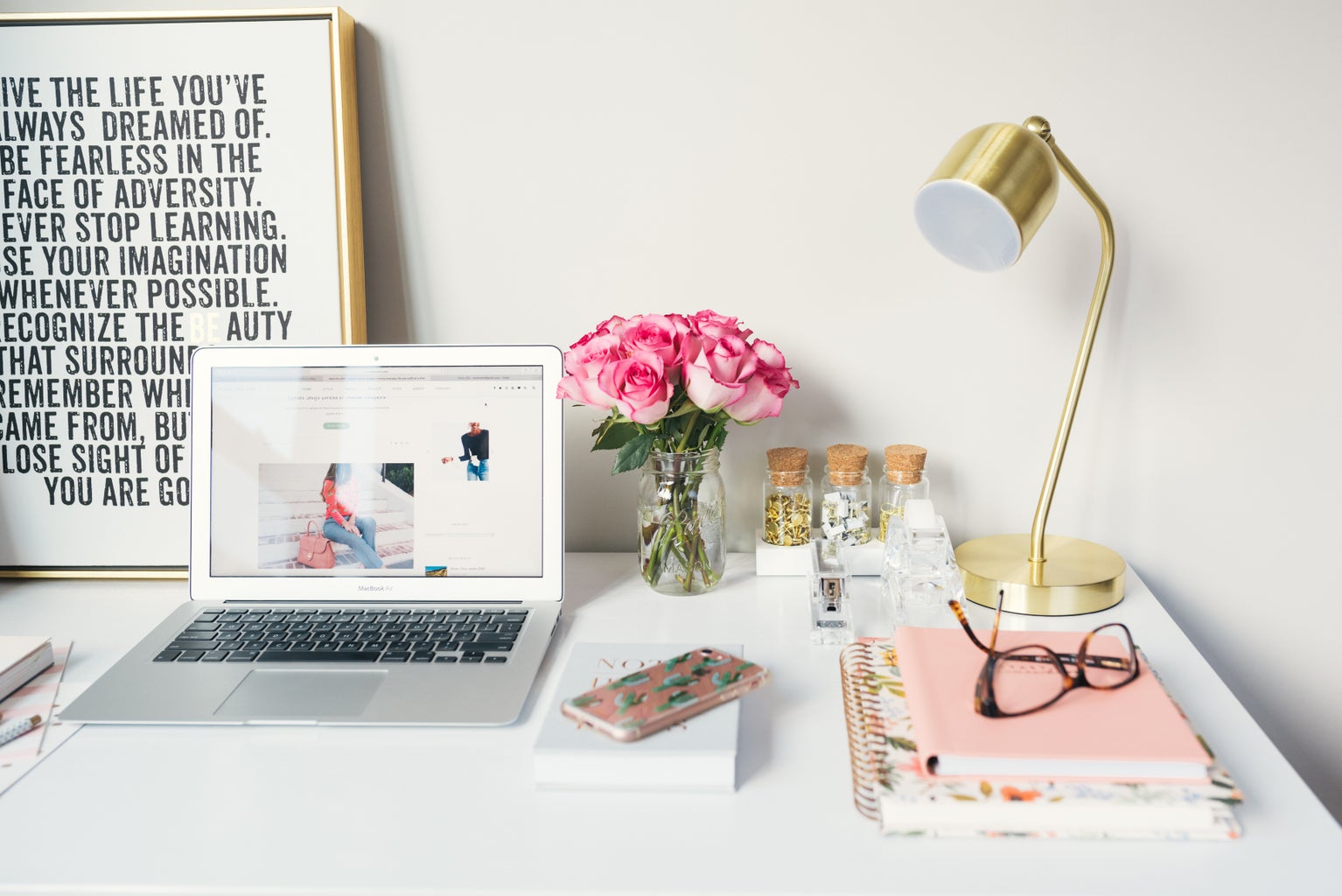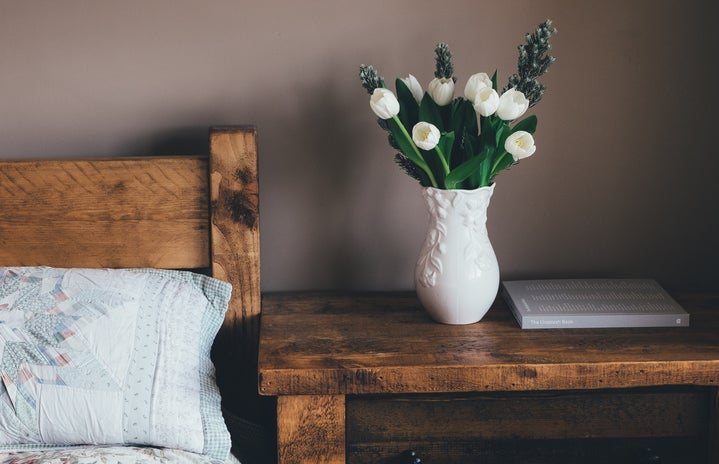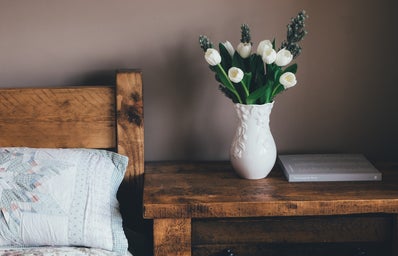In this new age of minimalism, there’s less of an appreciation for maximalist design, but I think that maximalism should return to the mainstream. Maximalist design looks like a sign of character and personality in a room, on a poster, or even on a notebook cover. It’s always something that I enjoy looking at and want to partake in moving forward, in a sustainable way, of course.
Interior design and room decor were not something I really cared about until moving into my first college dorm this year. At home, I shared a room with my sibling and didn’t spend much of my time in the room anyway; I spent more time in shared living spaces, so I had no interest in actively decorating my side of the bedroom. However, now that I am spending the majority of my time in my dorm, I wanted to make sure that it looked interesting and something I wanted to stare at for hours on end.

With sustainability in mind, it may seem like the minimalist approach is the best way to go about it because you aren’t accumulating extra items, there’s less waste, and you are more likely investing in more expensive pieces that last a long time. While that is a good approach, especially for promoting less consumerism, it’s just not as exciting in my eyes.

Like most things in the world, there is a financial privilege to both a minimalist or maximalist design and lifestyle because you most likely have the means to do either one. The same applies to sustainability and being able to afford quality decor or clothing that’ll last forever because they are usually more expensive than a generic brand at a superstore. Buying items second-hand at thrift stores or online is a great remedy for this. However, it is important to keep in mind that there is a point when maximalism can become hoarding or extreme materialism, but the intention with your purchases is what sets them apart. The intention to freshen up your room is much different than buying just to have it.
If your room feels a little bland and too minimalist, I hope this inspires you to go out and buy some second-hand decorations or make your own to create a space that is both reflective of your personality and sustainable at the same time.
Want to keep up with HCBU? Make sure to like us on Facebook, follow us on Instagram, check out our Pinterest board, and read our latest Tweets!



